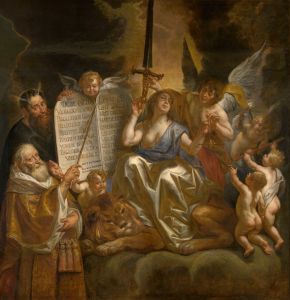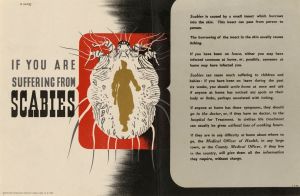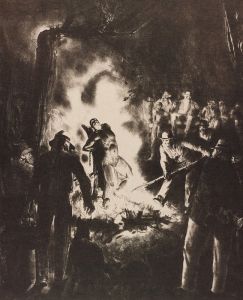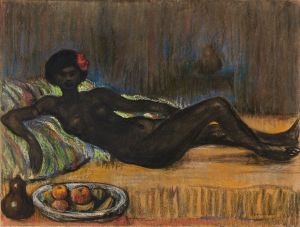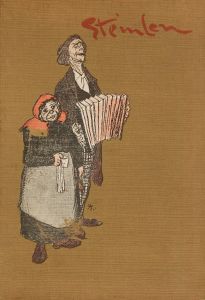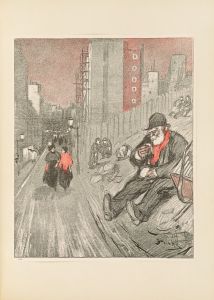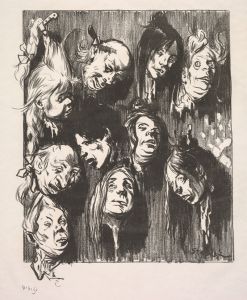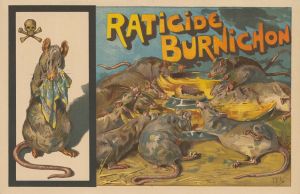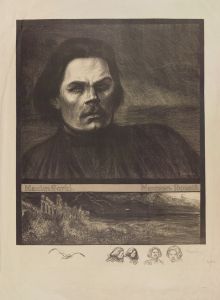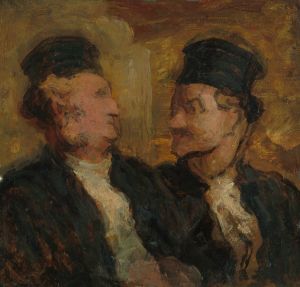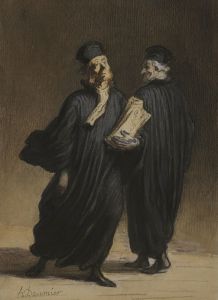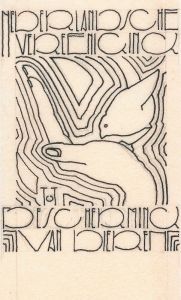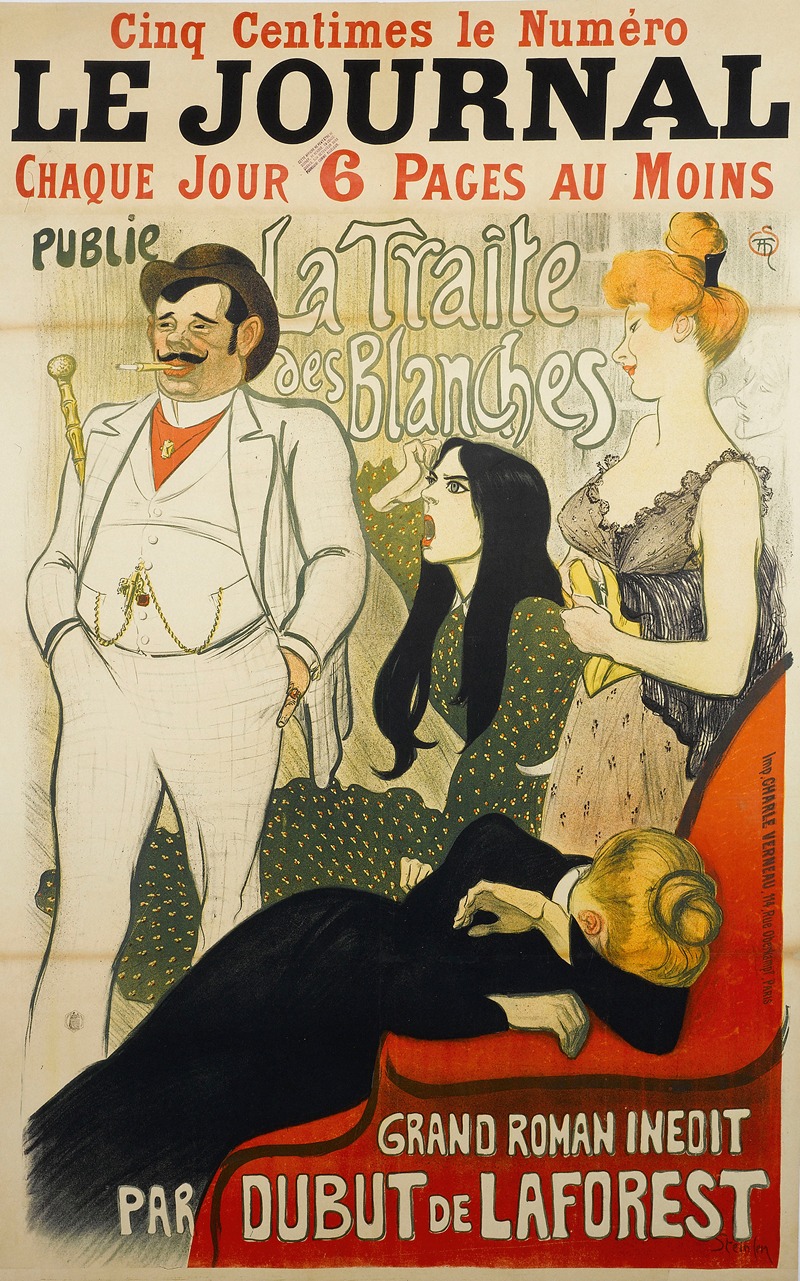
Le Journal Chaque Joue 6 Pages Au Moins Publie La Traite Des Blanches
A hand-painted replica of Théophile Alexandre Steinlen’s masterpiece Le Journal Chaque Joue 6 Pages Au Moins Publie La Traite Des Blanches, meticulously crafted by professional artists to capture the true essence of the original. Each piece is created with museum-quality canvas and rare mineral pigments, carefully painted by experienced artists with delicate brushstrokes and rich, layered colors to perfectly recreate the texture of the original artwork. Unlike machine-printed reproductions, this hand-painted version brings the painting to life, infused with the artist’s emotions and skill in every stroke. Whether for personal collection or home decoration, it instantly elevates the artistic atmosphere of any space.
Théophile Alexandre Steinlen was a Swiss-born French Art Nouveau painter and printmaker, renowned for his contributions to the world of art in the late 19th and early 20th centuries. One of his notable works is "Le Journal Chaque Joue 6 Pages Au Moins Publie La Traite Des Blanches," which translates to "The Journal Every Day Plays at Least 6 Pages Publishes White Slave Trade." This piece is a lithograph, a medium Steinlen frequently employed to address social issues and depict scenes of everyday life in Paris.
Steinlen was deeply influenced by the socio-political environment of his time, and his works often reflect his concern for social justice. The title of this particular piece suggests a critique of sensationalist journalism and its role in publicizing and perhaps exploiting the issue of the white slave trade, a term historically used to describe the trafficking of European women for prostitution. During the late 19th and early 20th centuries, this was a topic of significant public concern and debate in Europe, and Steinlen's work can be seen as a commentary on how the media sensationalized such issues.
The lithograph likely features Steinlen's characteristic style, which includes detailed line work and a focus on human figures. His art often depicted the struggles of the working class and the marginalized, and he was known for his empathetic portrayal of these subjects. While specific details of the imagery in "Le Journal Chaque Joue 6 Pages Au Moins Publie La Traite Des Blanches" are not widely documented, it can be inferred that the piece aligns with his broader body of work, which frequently highlighted the plight of women and the poor.
Steinlen was part of the Montmartre artistic community in Paris, where he interacted with other artists, writers, and intellectuals who were similarly engaged with the social issues of their time. His works were published in various journals and magazines, which helped disseminate his ideas and reach a broader audience. The use of lithography was particularly effective for this purpose, as it allowed for the mass production of images that could be distributed widely.
"Le Journal Chaque Joue 6 Pages Au Moins Publie La Traite Des Blanches" is an example of how Steinlen used his art to engage with contemporary issues and critique societal norms. His work remains significant for its artistic merit and its role in highlighting the social issues of his era. Steinlen's legacy is that of an artist who not only captured the essence of Parisian life but also used his platform to advocate for change and bring attention to the injustices of his time.





